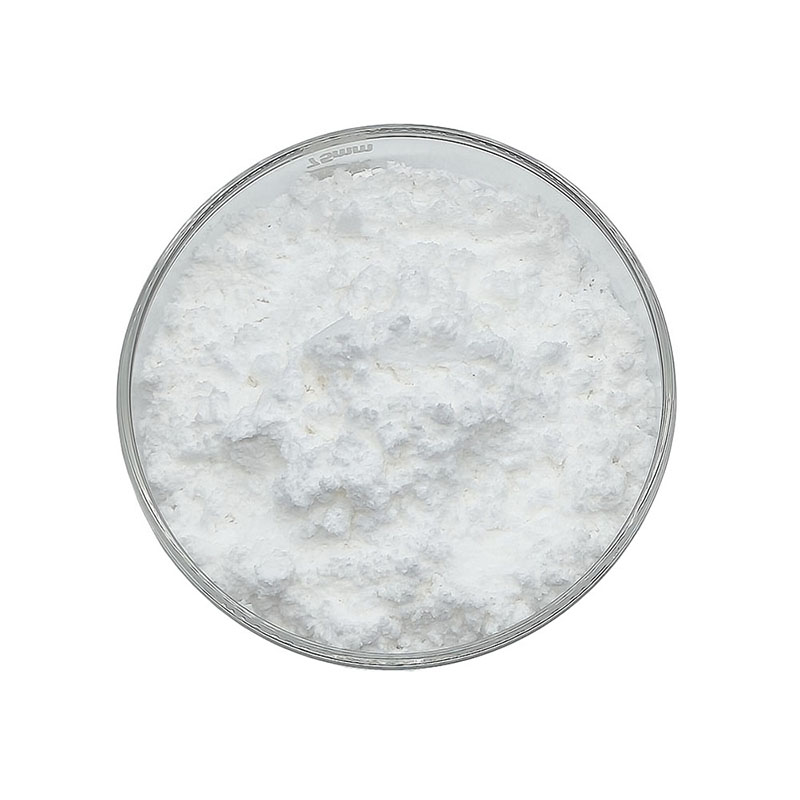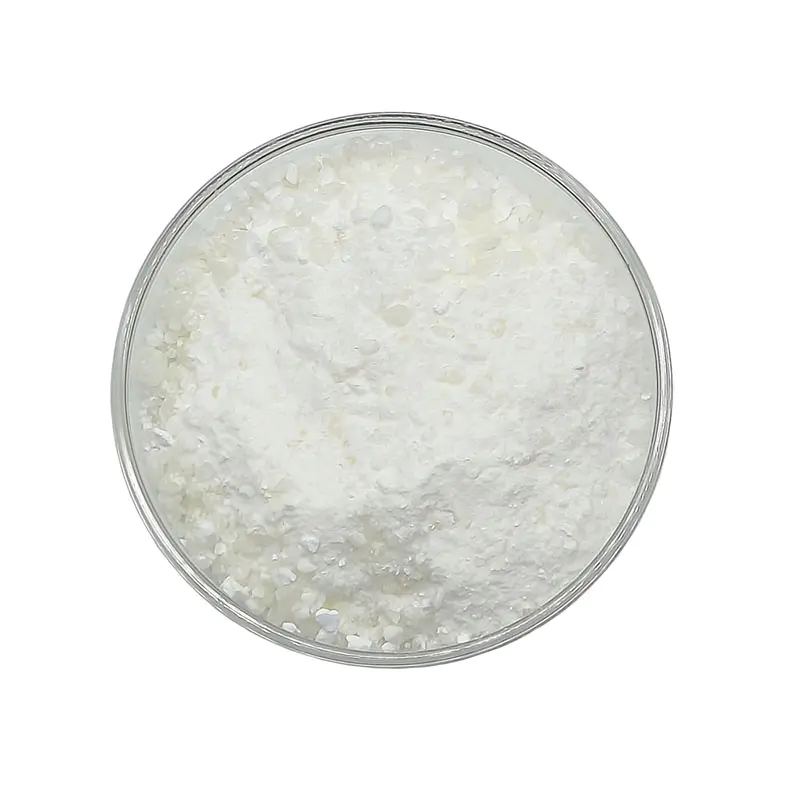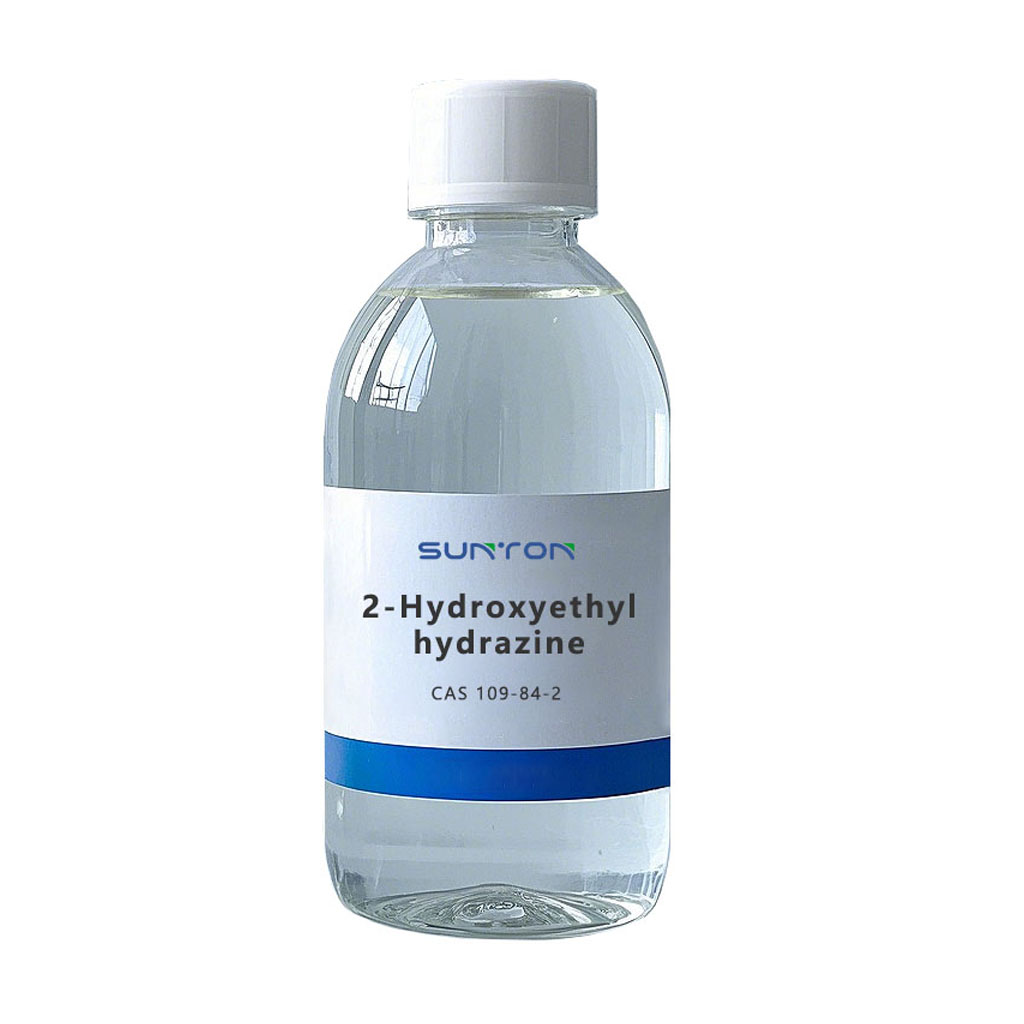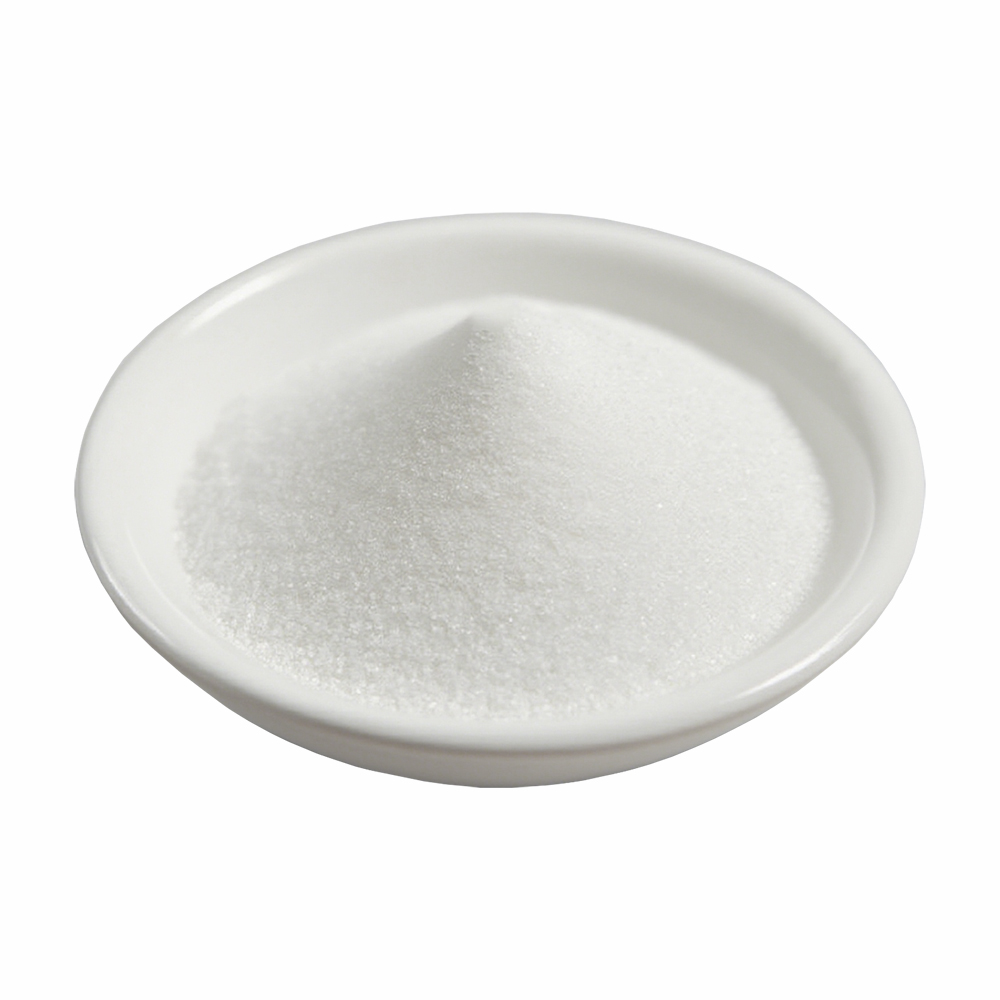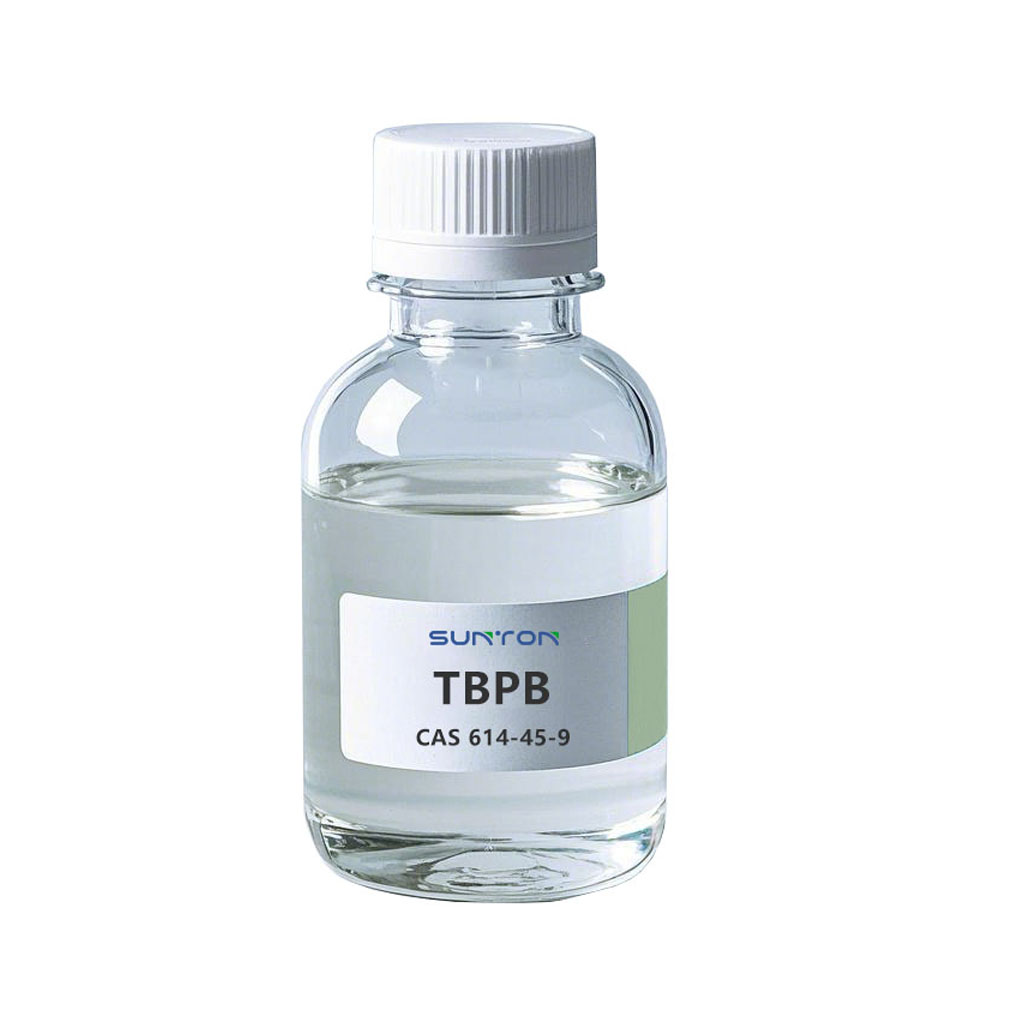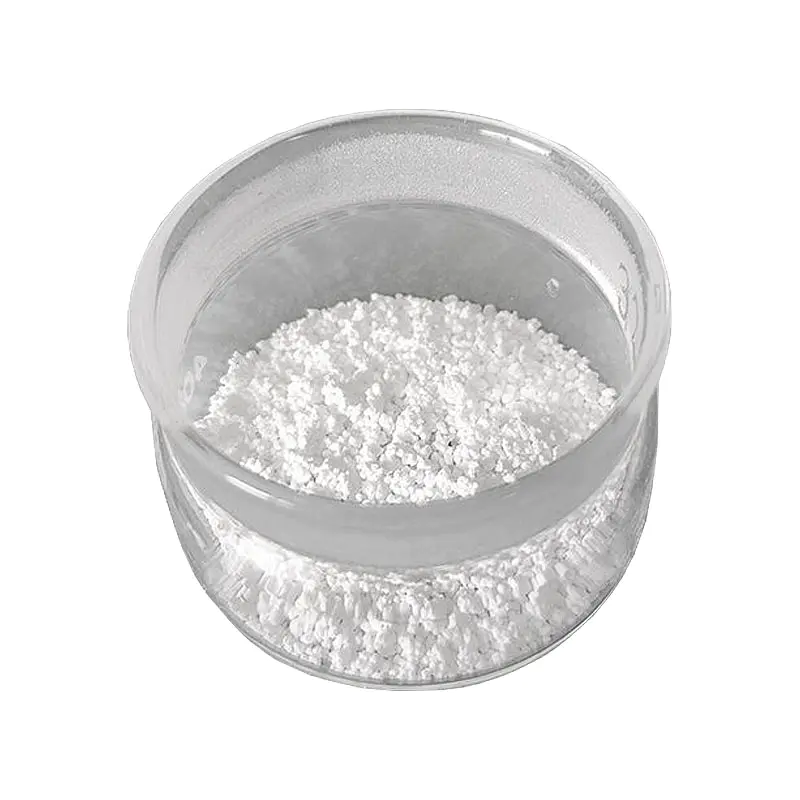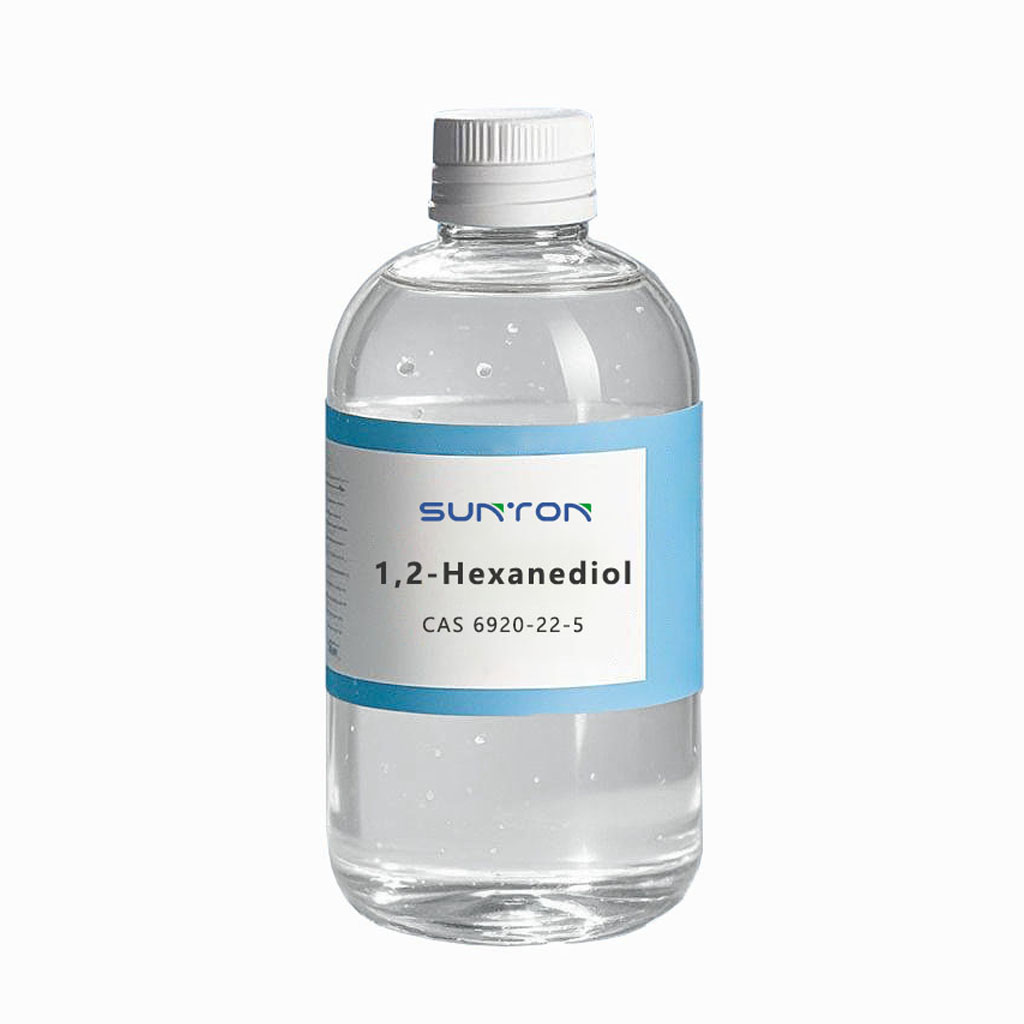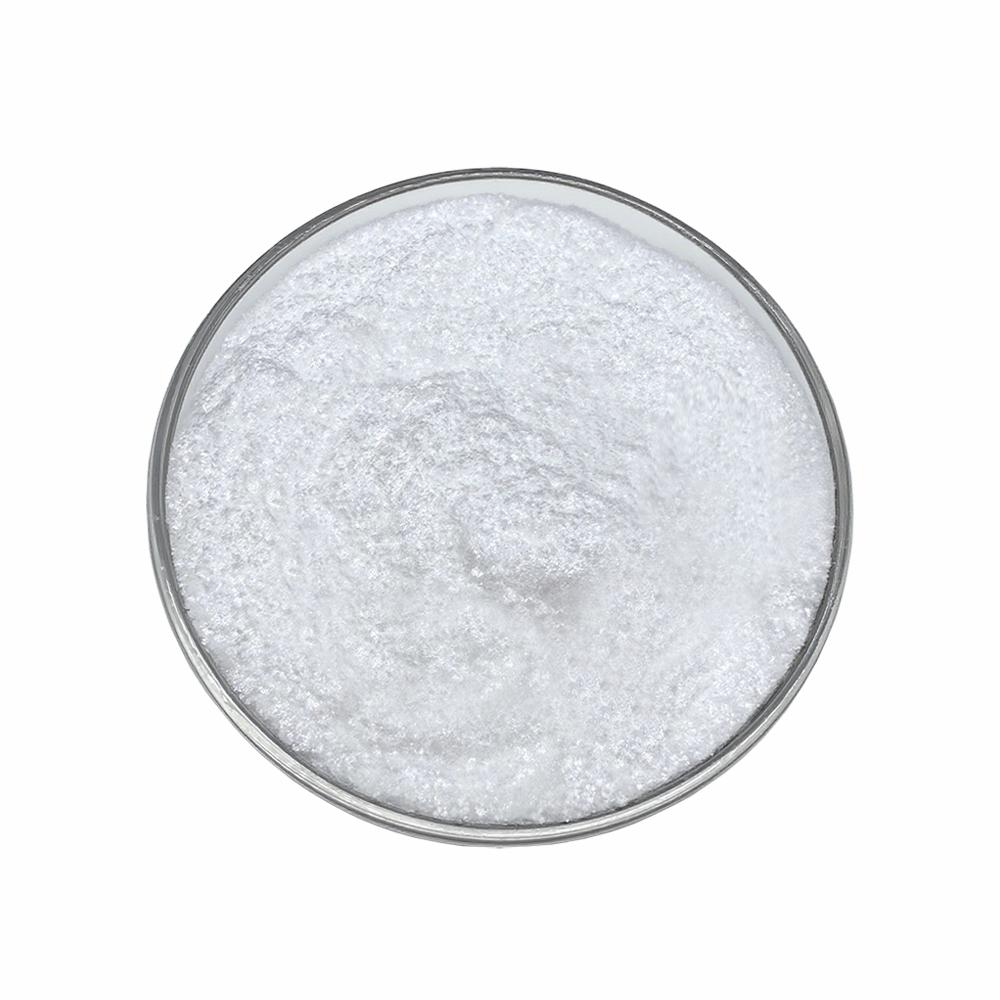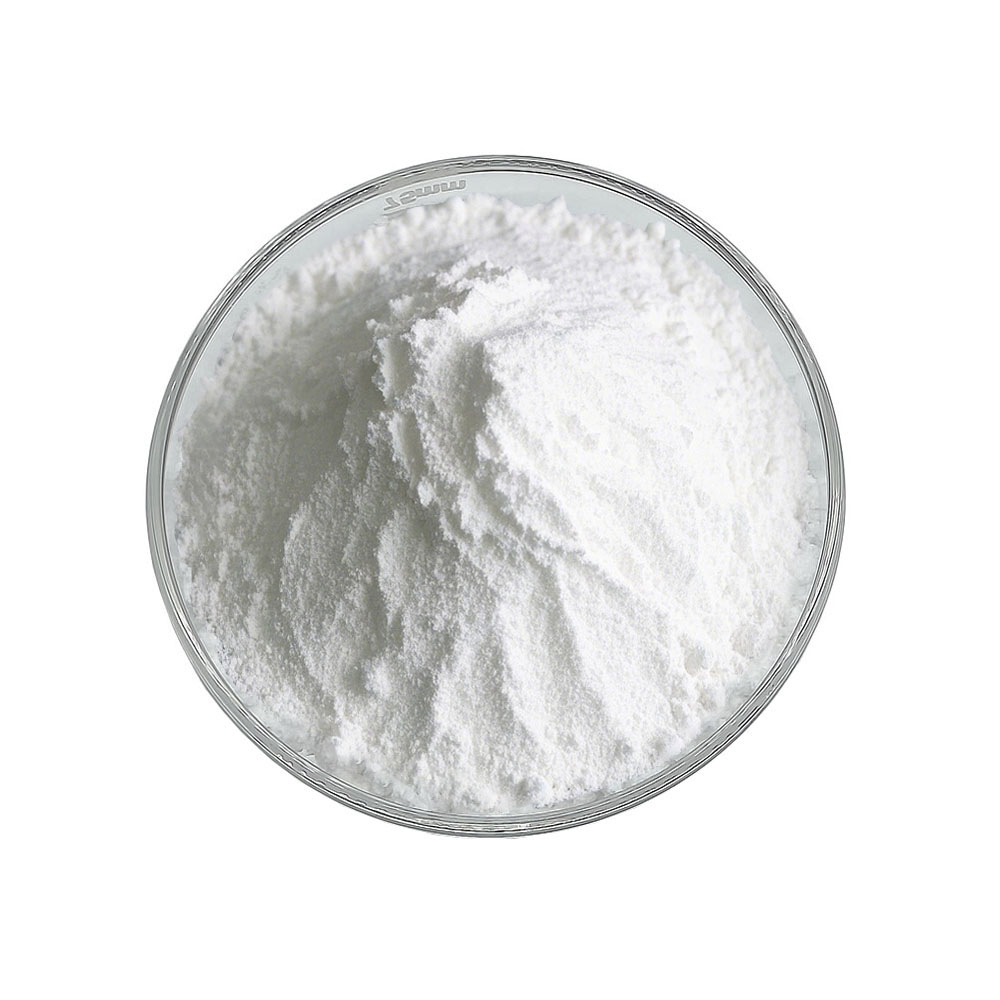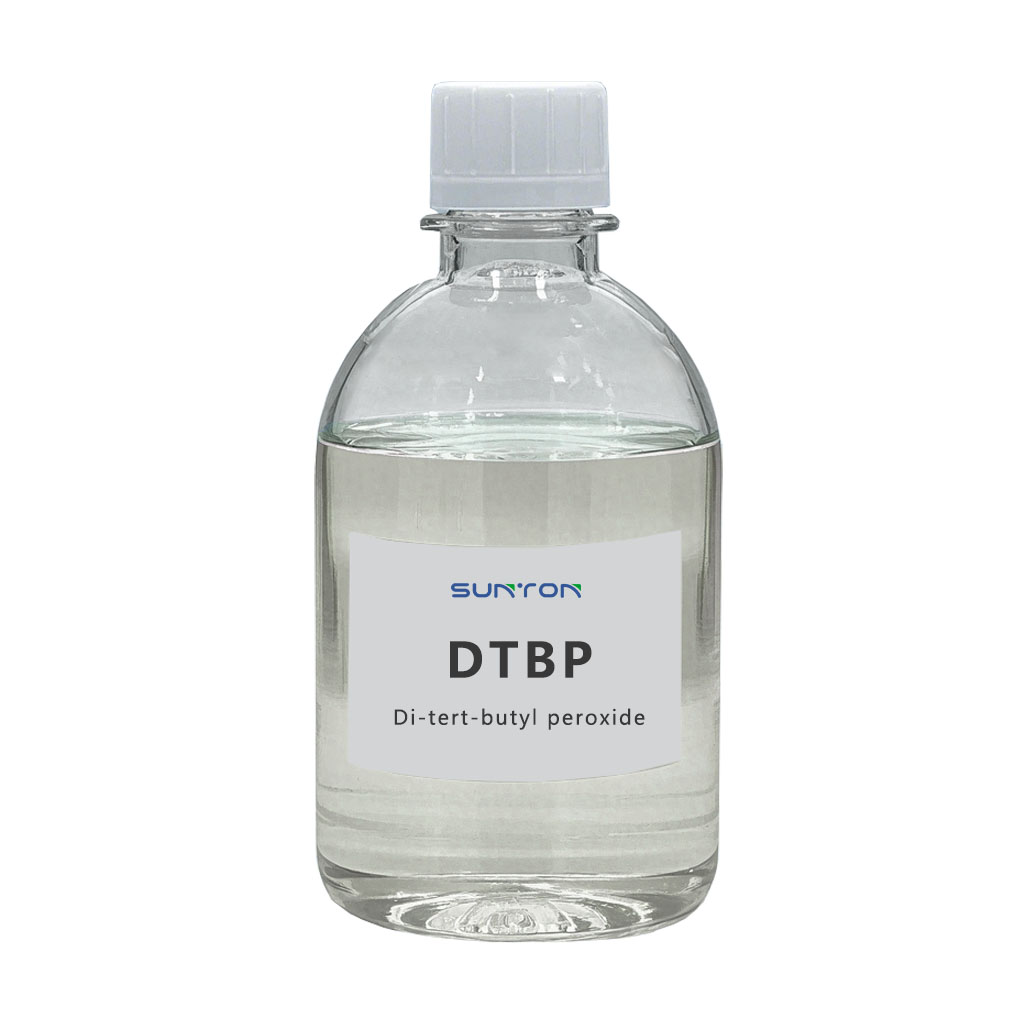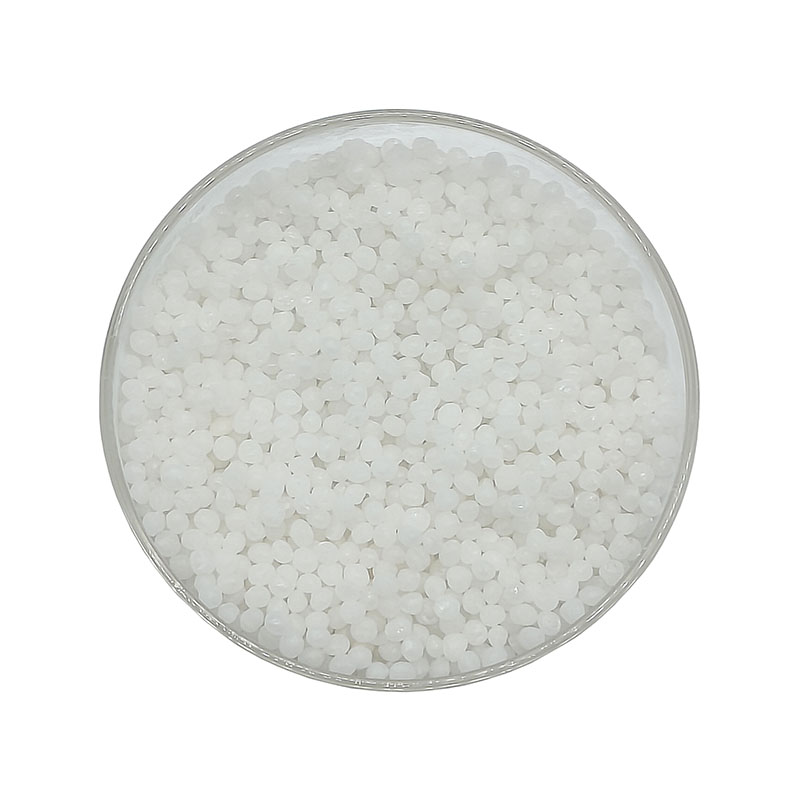Search By Posts
Product Category
Industry News
 By Admin
By Admin
Octanoylhydroxamic acid (OHA)
Octanoylhydroxamic acid (OHA), also known as Caprylhydroxamic Acid (CHA), it is an effective preservative alternative with strong antibacterial properties. It chelates iron ions, inhibiting mold growth, and disrupts microbial cell membranes. Safe and non-irritating, OHA is used in preservative-free cosmetics for its antimicrobial and anti-aging benefits. It works best when combined with other mild preservatives.
Octanoylhydroxamic acid is an ideal organic acid for antibacterial activities. It has highly selective chelation for both divalent and trivalent iron ions, limiting mold growth in iron-restricted environments. Its carbon chain length also promotes the degradation of cell membrane structures. Therefore, it possesses strong antibacterial properties, making it a promising alternative to novel preservatives.
Why are preservatives added to skincare products?
Preservatives are ingredients designed to inhibit the growth of microorganisms in cosmetics. The various ingredients in skincare products provide a favorable environment for microbial growth. Without preservatives, microorganisms can use the skincare products as a breeding ground, rapidly growing and multiplying. Microbial contamination of cosmetics can have two negative effects:
First, it can affect product quality: mold, turbidity, emulsion breakage, pH changes, foaming, and odor changes.
Second, it can affect consumer health: changes in the skin microbiome can lead to allergies, atopic dermatitis, skin infections, and eye inflammation.
What is octanoylhydroxamic acid? Caprylhydroxamic acid, a coconut oil derivative, is an ideal organic acid with excellent antimicrobial and antibacterial properties at a neutral pH. It can be used in chemical preservative-free formulations, making it a novel preservative alternative. Caprylhydroxamic acid is non-irritating to the eyes, skin, and skin, and has no potential to cause allergies. However, it lacks effective antibacterial properties when used alone. Therefore, it is often combined with naturally derived, low-irritant substances such as ethylhexylglycerin, propylene glycol, and phenoxyethanol to enhance its antibacterial properties. Combining it with traditional preservatives can effectively reduce the dosage of traditional preservatives, lowering overall irritation and effectively addressing cosmetic safety concerns.
Applications of Caprylhydroxamic Acid in Cosmetics: Caprylhydroxamic acid primarily acts as an antimicrobial and chelating agent in cosmetics and skincare products. It is relatively safe and can be used with confidence. It generally has no effects on pregnant women and is non-comedogenic. Caprylhydroxamic acid is an ideal organic acid for antibacterial effects. It has highly selective chelating properties for both divalent and trivalent iron ions, limiting mold growth in iron-restricted environments. Its carbon chain length also promotes the degradation of cell membrane structures. Therefore, it possesses strong antimicrobial properties, making it a novel preservative alternative.
Caprylhydroxamic acid can be used in cosmetics for anti-aging, moisturizing, anti-inflammatory, antioxidant, anti-acne, and anti-wrinkle benefits. It can improve skin elasticity, fine lines, wrinkles, firmness, pigmentation, inflammation, antioxidant capacity, acne resistance, anti-aging, anti-inflammatory, antibacterial, and allergy resistance.
Caprylhydroxamic acid’s antiseptic and antimicrobial properties
Caprylhydroxamic acid is highly effective in inhibiting molds, with a minimum inhibitory concentration of 0.078% against Aspergillus niger. It is highly safe and widely used in Europe, the United States, Japan, and South Korea. As an organic acid, it can attack mold only when dispersed in an organism in an undissociated state. Therefore, octanoylhydroxamic acid remains undissociated throughout the acidic to neutral range, making it highly effective in inhibiting bacteria in this environment. Other preservative alternatives, however, are not very effective in this environment.
The Integrated Efficacy of Octanoylhydroxamic Acid
Octanoylhydroxamic Acid has a highly effective and selective chelation effect on Fe2+ and Fe3+. In iron-restricted environments, mold growth is restricted. Iron is a key element for microbial growth. Microorganisms release chelators (siderophores) that capture Fe3+ from the environment and convert it to Fe2+. Furthermore, CHA has a high stability constant for chelating Fe3+, preventing mold from acquiring iron. Its highly effective chelation inhibits the active elements required by mold, limiting the environment for microbial growth.
The Short-Chain Surfactant Effect of Octanoylhydroxamic Acid
Like octanediol, octanoylhydroxamic acid has a carbon chain length (C8) that promotes the degradation of cell membrane structures. The efficiency of microbial inhibition is related to the size of the alkyl carbon chain and the position of the hydroxyl group. Medium carbon chain lengths and those containing ortho-hydroxyl groups are more effective. By disrupting the physiological environment of the cell membrane, short-chain structures selectively accumulate at the water-oil interface in oil-in-water emulsions, rendering the food source for microorganisms in this area unfavorable for their growth, thereby inhibiting their growth.
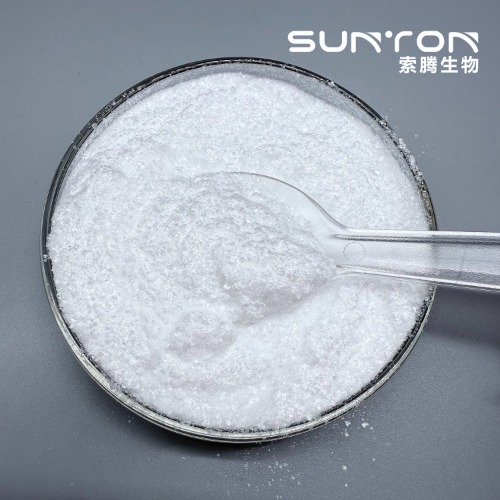
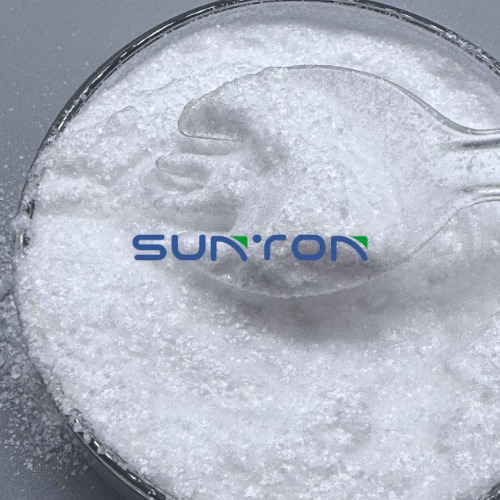


 English
English 中文简体
中文简体
